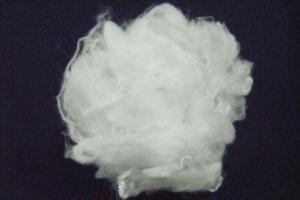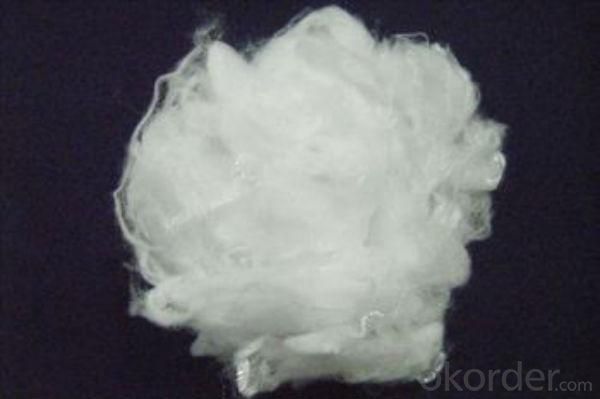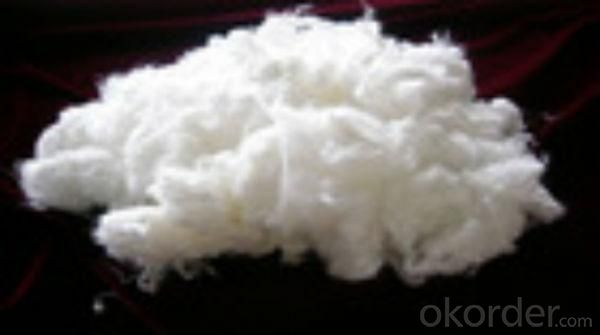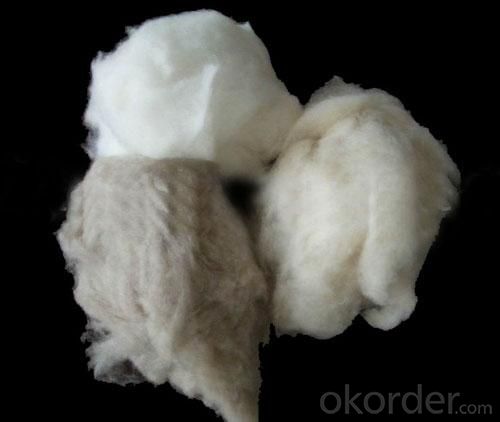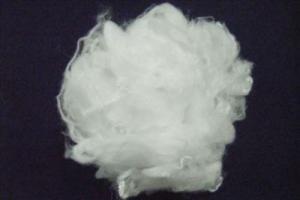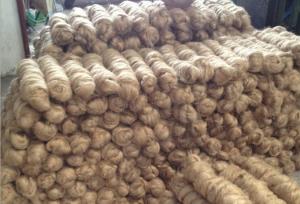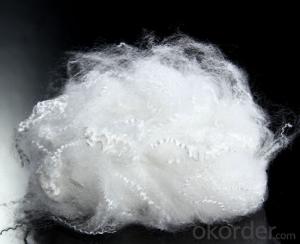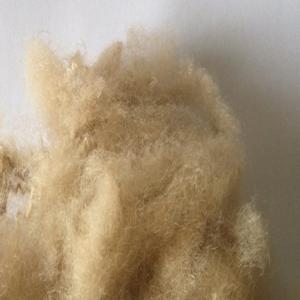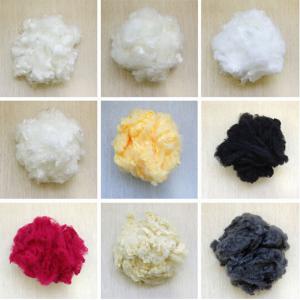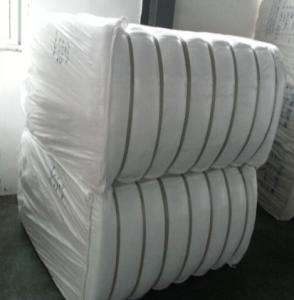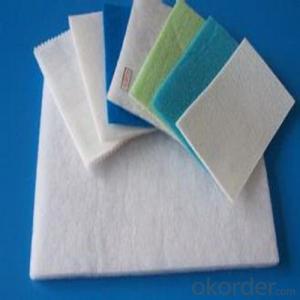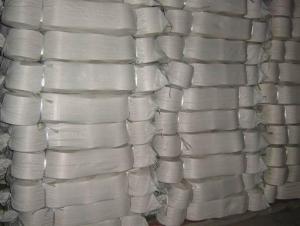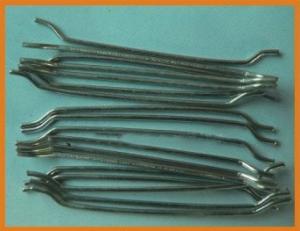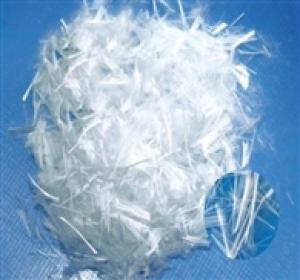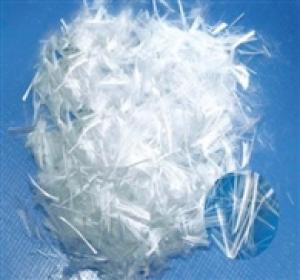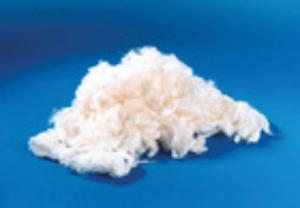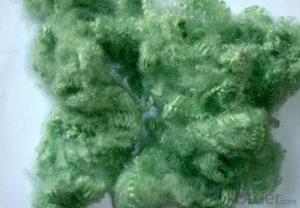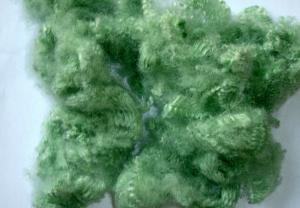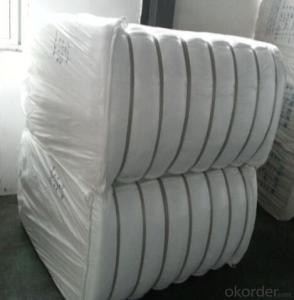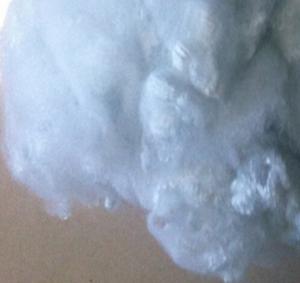Hemp Fiber
- Loading Port:
- Xin Gang
- Payment Terms:
- TT or LC
- Min Order Qty:
- 1 Ton m.t.
- Supply Capability:
- 2000 Tons Per Month m.t./month
OKorder Service Pledge
OKorder Financial Service
You Might Also Like
Material: 100% Hemp
Place of Origin: Tianjin China (Mainland)
Feature: Anti-Bacteria, Anti-UV, Breathable, Eco-Friendly
Pattern: Raw & Bleached
Usage: Spinning
Fiber Length: 38mm
Fineness: 2000Nm/2800Nm
Color: white
Introduction of Hemp Fiber:
As we know, hemp is the first plant cultivated for textiles; Hemp is resistant to pests and grows too densely to permit weed growth so it needs no pesticides or herbicides, in fact no chemicals of any kind. It is the strongest natural fiber, naturally antimicrobial and resistant to UV. It is amazingly comfortable, breathable and cool to the touch.
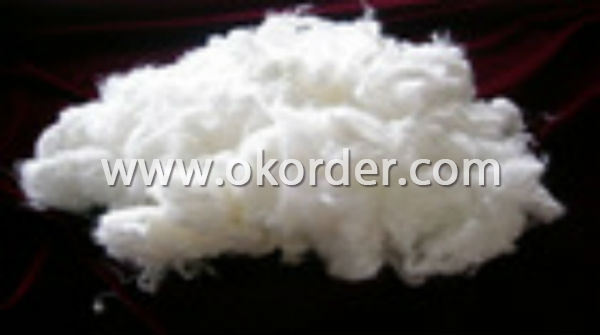
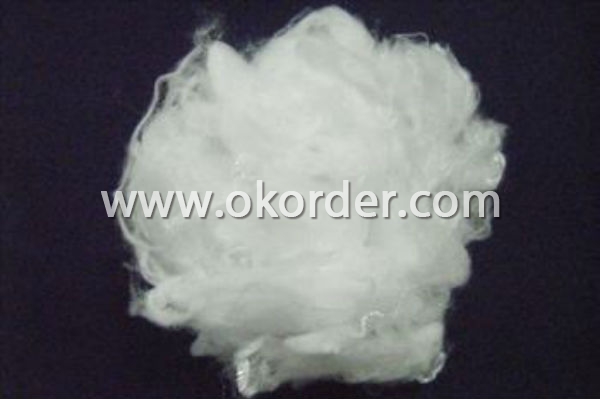
Advantages of 100% Hemp Fiber:
1. Hemp Fiber is 100% bio-degradable and recyclable and thus environmentally friendly.
2. It is the second most important vegetable fiber after cotton, in terms of usage, global consumption, production, and availability.
3. It has high tensile strength, low extensibility, and ensures better breathability of fabrics. Therefore , these are very suitable in agricultural commodity bulk packaging.
4. It helps to make best quality industrial yarn, fabric, net, and sacks. It is one of the most versatile natural fibers that have been used in raw materials for packaging, textiles, non-textile, construction, and agricultural sectors. Bulking of yarn results in a reduced breaking tenacity and an increased breaking extensibility when blended as a ternary blend.
5. Advantages of these fiber include good insulating and antistatic properties, as well as having low thermal conductivity and a moderate moisture regain. Other advantages of jute include acoustic insulating properties and manufacture with no skin irritations.
6. Natural Fiber has the ability to be blended with other fibers, both synthetic and natural, and accepts cellulosic dye classes such as natural, basic, vat, sulfur, reactive, and pigment dyes.

- Q: 60% polyester fiber and 35% cotton, will there be static electricity?
- Not usually. Polyester is easy to electrostatic, but cotton is not easy, the two blend
- Q: The characteristics of modal fiber!
- Modal fiber has the strength and toughness of synthetic fiber, dry and strong 35.6cn/tex, wet strength of 25.6cn/tex. The strength is higher than that of pure cotton and polyester cotton, which reduces the breakage in processing.
- Q: What are the clothes made of chemical fiber?
- Polyester: belongs to the polyester fiber, has excellent elasticity and resilience, fabric crisp, not wrinkle, shape preserving, high strength, good elasticity, durable wear and excellent light fastness, but easy to produce static electricity and dust hygroscopic.Nylon: polyamide fiber, also known as nylon, dyeing in synthetic fiber is better, wearing light, and good waterproof and windproof performance, high wear resistance, strength, flexibility is very good.
- Q: What are preganglionic fibers and postganglionic fibers?
- Visceral nerve from the lower central needs to arrive after two neurons innervated organs (adrenal medulla exception as long as one), the first neurons called preganglionic neurons, the cell body is located in the brainstem and spinal cord, the axons called preganglionic fibers of second neurons called postganglionic nerve yuan cell bodies located around the Department of autonomic ganglia. The axons called postganglionic fibers. Postganglionic neurons are numerous, and a preganglionic neuron can form synapses with a number of postganglionic neurons
- Q: What's the difference between Oxford fabric and polyester fiber?
- Polyester fiber is polyester bag, generally not used Oxford cloth (nylon is nylon) bag made of "strong", the Oxford cloth may be Oxford nylon may also be polyester Oxford, are very strong and solid. And that polyester fiber to do more than 90% of the package, that is, polyester Oxford cloth do,
- Q: Polyester fiber shoes how to maintain, a little pilling, and a bit dirty?
- So, polyester fiber shoes as much as possible with other shoes change, wear clean, wipe with wet cloth can wash, then easy to yellow, and it is difficult to remove stains, don't use brush and other friction cleaning
- Q: 84% cotton, 14% polyester fiber, 2% spandex fabric? Well, what is the use of this fabric?
- This is one of the cotton blended fabrics. The blended fabric of the three fibers can be complementary, because it avoids the shortcoming of the single material and makes full use of the advantages of various fibers. The utility model can make use of the comfortable feeling of cotton, absorb moisture and ventilate the air, and make use of the advantages of polyester fiber that is not easy to wrinkle, and also utilize the elastic advantage of the spandex to achieve a win-win effect.
- Q: What are the advantages of polyester fabric?
- It has high strength and resilience. Therefore, it is strong and durable, anti crease.
- Q: Is not pure cotton will pilling it?
- And the chemical fiber always appears so obvious pilling phenomenon? That's because the fibers of the chemical fiber are stronger than those of pure cotton, and they have high toughness, so they don't fall off easily after the ball is played. As time goes by, the hair ball stays stubbornly on the clothes. It looks particularly obvious. And the wool ball on pure cotton fabric will gradually fall off in the process of washing and rubbing, so that people can form the understanding that "pure cotton doesn't pilling".
- Q: What is the difference between bamboo charcoal fiber and bamboo fiber?
- Compared with the advantages of bamboo fiber, bamboo fiber is more obvious, the function is better. Because the bamboo fiber is embedded in the nanometer bamboo charcoal fiber, making the function fully reflected in the bamboo charcoal with super adsorption odor, negative ion emission concentration is higher than 6800 /cm3, the concentration of negative ions is equivalent to the outskirts of the field, with a delicate fragrance, antibacterial and bacteriostatic, shielding electromagnetic wave radiation, infrared emission, heat insulation, temperature and humidity regulation, achieve dehumidification and drying effect, mineral potassium, sodium, calcium, magnesium, iron, manganese, silicon and germanium content is high, special health function to the human body. The fibers can be made of medical protection pregnant women and infant clothing, protective clothing, bedding, clothing fabric, high-grade hotel and household goods, travel and other transportation decorative items, can also be air filtration materials, household appliances, anti electromagnetic radiation .
1. Manufacturer Overview
| Location | Jiangsu,China |
| Year Established | 2003 |
| Annual Output Value | US$10 Million - US$50 Million |
| Main Markets | 68.00% Domestic Market 7.00% Eastern Europe 5.00% Mid East 4.00% Western Europe 3.00% South America 2.00% Southern Europe 2.00% Southeast Asia 2.00% South Asia 2.00% Africa 2.00% North America 1.00% Eastern Asia 1.00% Central America 1.00% Northern Europe |
| Company Certifications |
2. Manufacturer Certificates
| a) Certification Name | |
| Range | |
| Reference | |
| Validity Period |
3. Manufacturer Capability
| a) Trade Capacity | |
| Nearest Port | shanghai,ningbo |
| Export Percentage | 51% - 60% |
| No.of Employees in Trade Department | 6-10 People |
| Language Spoken: | English, Chinese |
| b) Factory Information | |
| Factory Size: | 30,000-50,000 square meters |
| No. of Production Lines | 4 |
| Contract Manufacturing | OEM Service Offered Design Service Offered Buyer Label Offered |
| Product Price Range | High and/or Average |
Send your message to us
Hemp Fiber
- Loading Port:
- Xin Gang
- Payment Terms:
- TT or LC
- Min Order Qty:
- 1 Ton m.t.
- Supply Capability:
- 2000 Tons Per Month m.t./month
OKorder Service Pledge
OKorder Financial Service
Similar products
Hot products
Hot Searches
Related keywords
